After exploring Bigar Waterfall, I headed to my next stop which was high on my bucket list: the charming village of Eftimie Murgu located in Caras Severin County. This village is famous for its historic watermills, which have drawn visitors for years. Until 1970, it was actually known as Rudaria. These watermills have a rich history and are a unique part of the area’s heritage, nestled in a beautiful valley and surrounded by peaceful, scenic landscapes.
Once you arrive in Eftimie Murgu, drive to the end of the village to find the mills. Near the first mill, there’s a parking area on the left side of the street where you can leave your car. Be prepared for a narrow road as you get closer to the mills—it’s only wide enough for two cars to pass slowly.
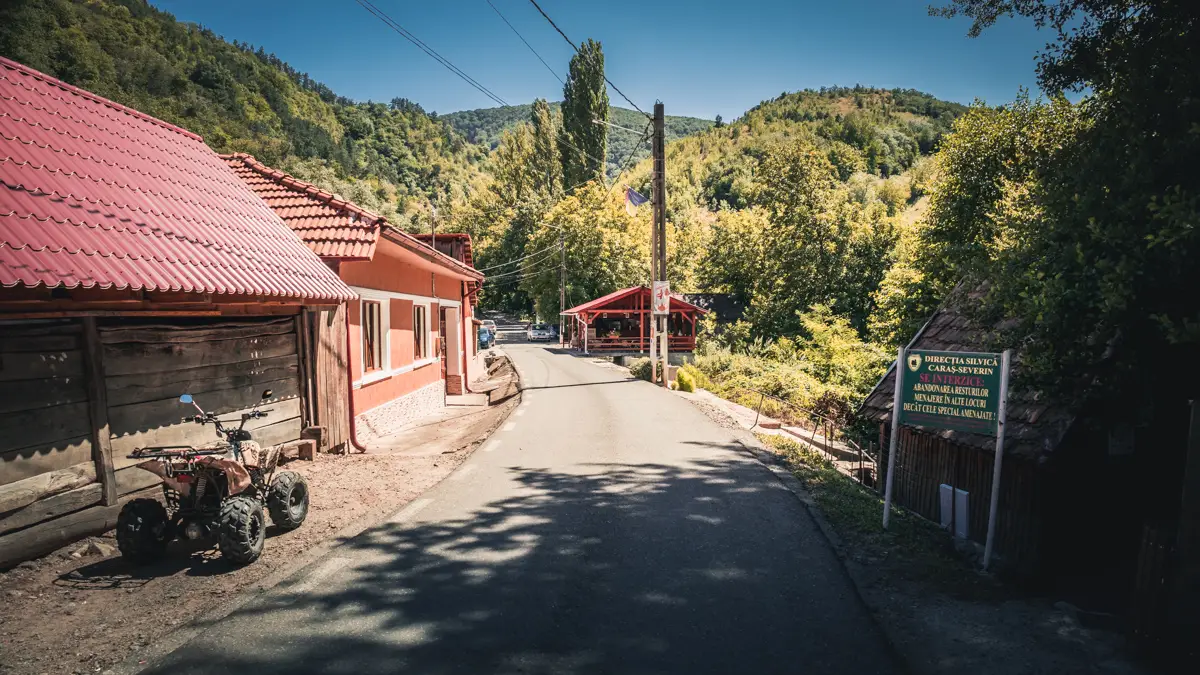
Let’s explore a couple of watermills
Talking with a local, I learned that there are 20 functional traditional watermills here, most of which are still in use today. Each mill harnesses the river’s flow to power large circular stones inside, which grind grains into flour.
During my visit to Rudaria, I had the chance to explore a few of the traditional watermills to see firsthand how wheat is transformed into flour. I was fortunate to find two mills in operation, allowing me to observe the intricate mechanisms used to grind the grain. The rhythmic motion of the water-powered wheels and the craftsmanship behind each mill made the experience both fascinating and memorable.
The two watermills I visited were called Firiz and Indaratnica dintre Rauri. Both of these mills use paddles beneath the building to harness the flow of the river. As water rushes over the paddles, it pushes them, making a long shaft turn. This rotating shaft connects to a heavy, round millstone inside the mill, which spins as a result. The spinning stone grinds the wheat into flour in a steady, rhythmic motion powered entirely by the river’s current.
The Firiz watermill


Indaratnica dintre Rauri watermill
This watermill was in much better shape compared to the first one I visited, likely because it had been renovated a few years ago. Right outside the mill, there was a small area where locals sold various souvenirs, giving visitors a chance to take home a piece of the experience. You could also buy freshly ground flour or maize flour for 5 RON per kilogram. The maize flour is perfect for making mămăligă, a traditional Romanian dish similar to polenta.



Below you will find a video in which you can actually see the watermill in action.
Other watermills
Besides the two ones from above which were opened and the interior can be visited by the tourists, in Rudaria you can find other watermills along the Rudaria valley.


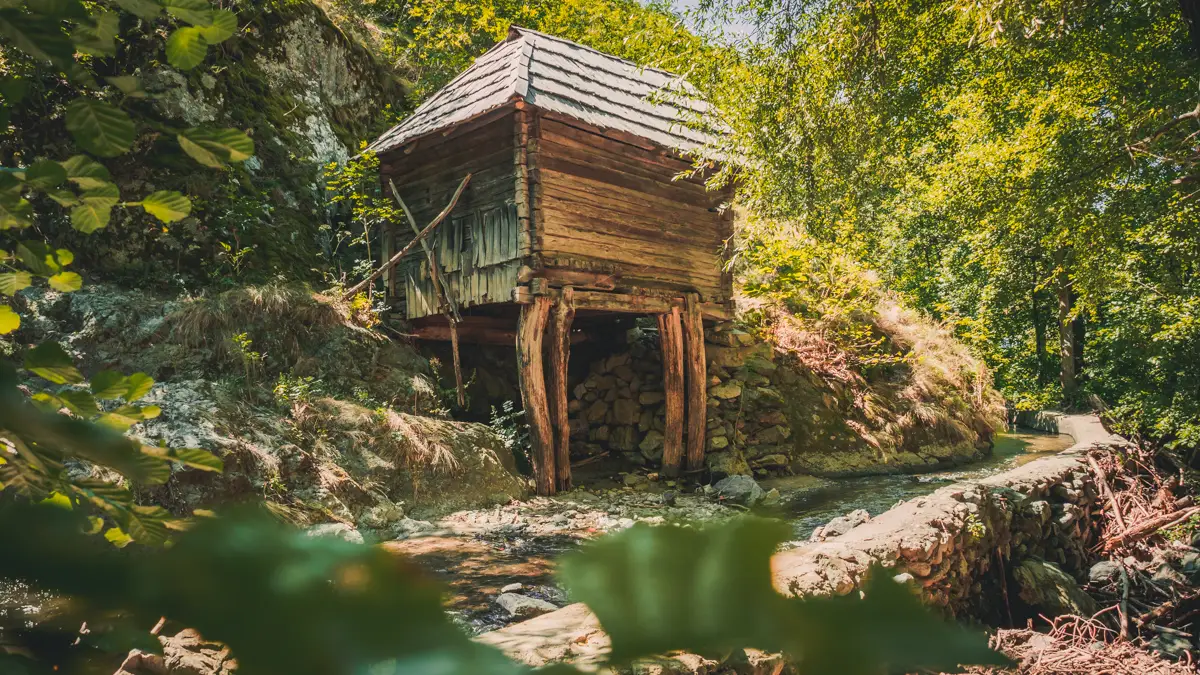


After exploring the watermills in Rudaria, I decided to try one last treat before leaving—a delicious, freshly made donut from a local vendor. It was the perfect way to end the visit. Honestly, I’m glad I came here because it gave me a chance to learn about the traditional methods of milling wheat, which are still used today. Watching the old water-powered machines at work was like taking a step back in time. The whole experience was not only educational but also a great reminder of how communities used to make their own food using simple, natural techniques.
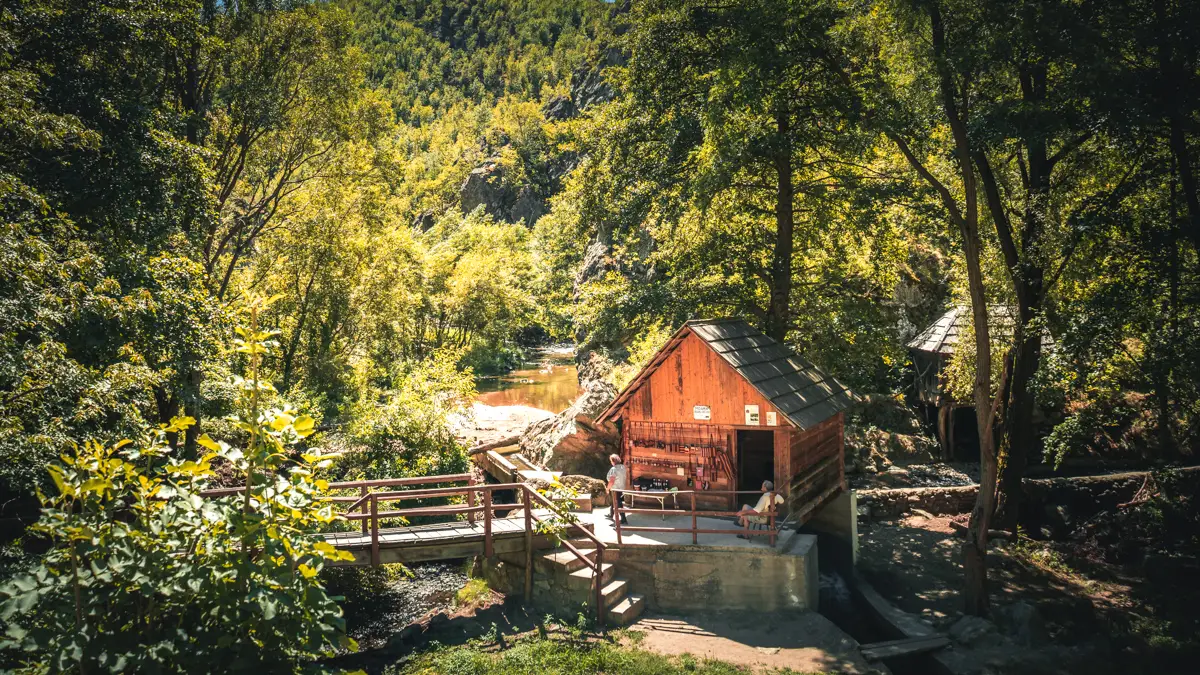
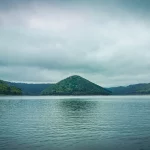
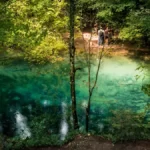
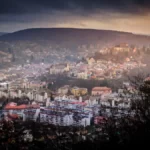
Leave a Reply